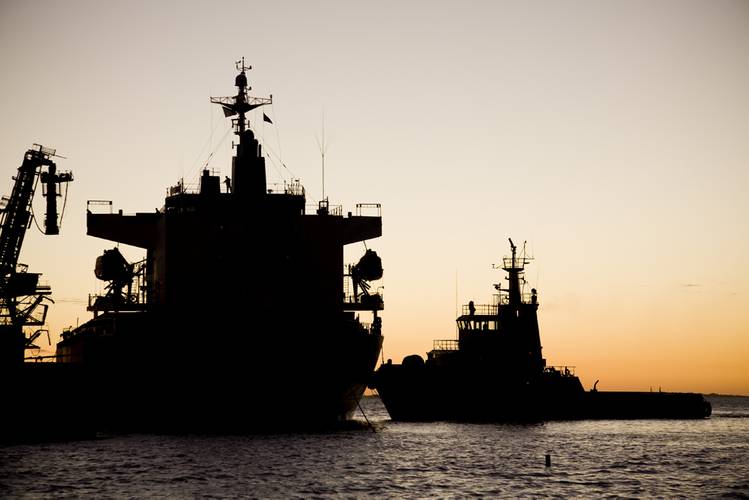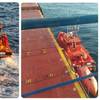Cyber Security & the Challenge to Maritime Networks
“Look at me: I am the Captain now.”
In the film “Captain Phillips,” a boarding Somali pirate’s statement represents a maritime operator’s worst fear: losing control of his vessel, cargo and crew.
This same loss of control can result from cyber criminals and hackers. In the last year, there have been multiple prominent cyber attacks causing serious economic harm to companies and their partners with Sony Pictures being just the latest high profile victim.
The maritime industry is particularly susceptible to cyber attack. Ships transfer millions of dollars of cargo and often utilize antiquated communications and network hardware. The frequent rotation of ships’ crews also magnifies the risk of an insider providing malicious access to the network for financial gain. In situations where ships can connect their network from sea, cyber criminals can gain access remotely without an insider on board. Once cyber criminals have access to systems controlling navigation, propulsion, fire suppression, fresh water or electric—it can be just like the situation encountered in Captain Phillips.
Modern Network Architecture
For years, increasing bandwidth has been central to maritime communication. There is still a need for big pipes, but what may be more important now are smarter pipes, or in other words, more modern hardware. Fleet owners typically plan their network equipment to have long lifespans for ships that can run 30 years or longer, but in the process they are opening themselves up to risk and inefficiency. Network hardware and software updates provide needed security protocols against known vulnerabilities as well as more robust functionality.
For example, two-factor authentication, biometric authentication and frequently rotated robust passwords offer additional protection. Identity management and role-based authentication protocols can also neutralize the insider threat, as on-board operators can have a lower level of authority than shore-based network administrators who can efficiently oversee multiple ships in the fleet. Network management technology has also advanced significantly in the last few years, helping operators review logs and create alarms for any unusual network activity.
Hardware updates can also reduce costs over time through improved efficiencies. For example, many outdated network architectures we see today can often have six or more separate systems running at 10 percent capacity rather than a single integrated network running at 50 percent or greater capacity.
If your ship is at sea with communication equipment that is more than 10 years old, consider how a modern network architecture and security posture can mitigate the growing risk of cyber crime and improve operations.
The Author
Adrian Hartman, Ph.D. is the Director of Sales and Solutions Engineering at LGS Innovations, a provider of networking and communication solutions
Paul Remick is the Navy Account Director at LGS Innovations. Contact him about maritime communications or networking at [email protected].
(As published in the August 2015 edition of Maritime Reporter & Engineering News - http://magazines.marinelink.com/Magazines/MaritimeReporter)


















